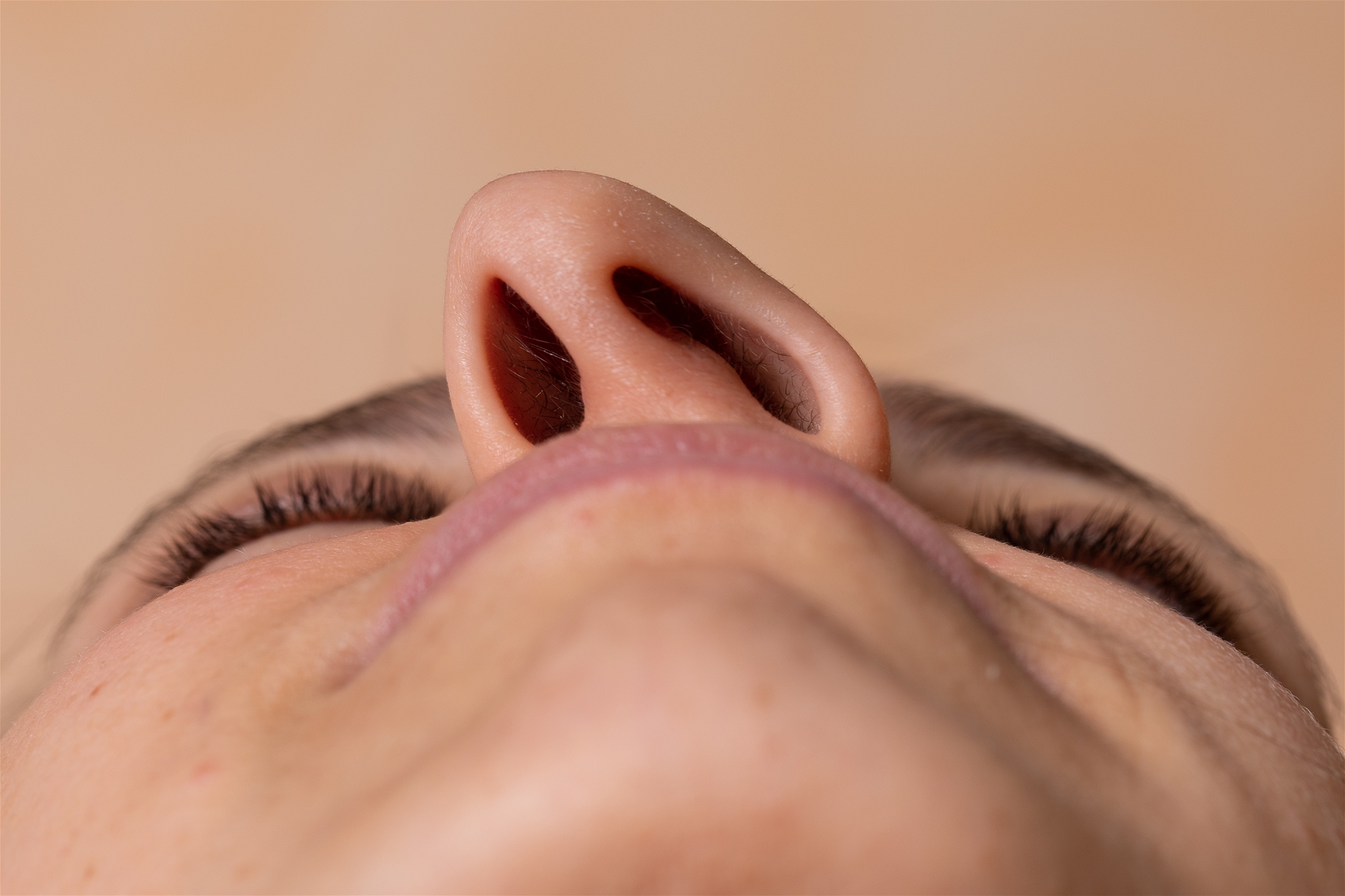Definition
Nasal septum deviation is a common physical disorder of the nose, involving a displacement of the nasal septum. Chronic hypertrophic rhinitis means long term rhinitis that causes permanent thickening of the nasal mucosal membrane.
Causes
Nasal septum deviation is mostly a congenital disorder, caused by compression of the nose during childbirth. It also can be caused by nasal trauma such as by a blow to the face. Rhinitis is a reaction that occurs in the eyes, nose and throat when irritants triggering inflammation and fluid production in the fragile linings of nasal passages, sinuses, and eyelids. Rhinitis is categorized into three types:
- Infective rhinitis including acute and chronic cause by bacterial or virus infections.
- Nonallergic rhinitis including autonomic, hormonal, drug- induced, atrophic, and vasomotor rhinitis.
- Allergic rhinitis, the most common type, is an allergic reaction triggered by pollen, mold, animal dander, dust, and other similar inhaled allergens.
The chronic inflammatory condition such as the above mentioned three types of rhinitis leading to hypertrophic inferior turbinates is the main cause of nasal obstruction. If medication treatment could not fail to correct the nasal obstruction, the septomeatoplasty will mostly cure the nasal obstruction conduction which helps patients get rid of long time medication. This surgery is mainly performed under a local anesthetic condition.
Symptoms
Nasal septum deviation is common, and mostly causes no symptoms and requires no treatment. However, the nasal septal deviation may be severe enough to obliterate the passage of air through the nostrils. This obstruction may predispose the patient to sinusitis, infection, and nose bleeds. The most often symptoms of rhinitis are nasal dripping, nasal congestion, and post-nasal drip. When patients having both nasal septum deviation and chronic hypertrophic rhinitis, their nasal symptoms may be more severe.

Examination
Typically, the diagnosis is made by your physician based on a thorough history and physical examination. In addition to the aforementioned signs, physicians may find deviated nasal septum from physical examination, as well as hypertrophic inferior nasal turbinates. In some allergic rhinitis patients, dark circles under the eyes (allergic shiner), swollen tissue inside the nose appear along with nasal septal deviation. Blood examination can help confirm the allergic rhinitis and tell what specific allergens of patients are.
Treatment
In most cases, a deviated septum can be corrected with a minor surgical procedure known as a septoplasty, in which the surgeon enters through the nostrils and cuts away the obtruding matter without affecting the outward looking. The surgery is performed quickly and most of the patient get fully recover within two weeks.
The goal of hypertrophic rhinitis treatment is to reduce the symptoms caused by the inflammation of affected tissues. Antihistamine and topical steroid (nasal spray) can help relieve symptoms of allergic rhinitis. When medication is useless, operation such as turbinoplasty can help in many ways. However, the medical treatment could not treat the nasal septal deviation but surgery.
Prevention
Nasal septum deviation can be prevented only from avoidance of nasal trauma. In congenital cases, there’s no proved method to prevent this problem.
In cases of allergic rhinitis, the most effective way to decrease allergic symptoms is to completely avoid the allergen. Vasomotor rhinitis can be brought under a measure of control through avoidance of irritants, though many irritants such as weather changes are uncontrollable.

